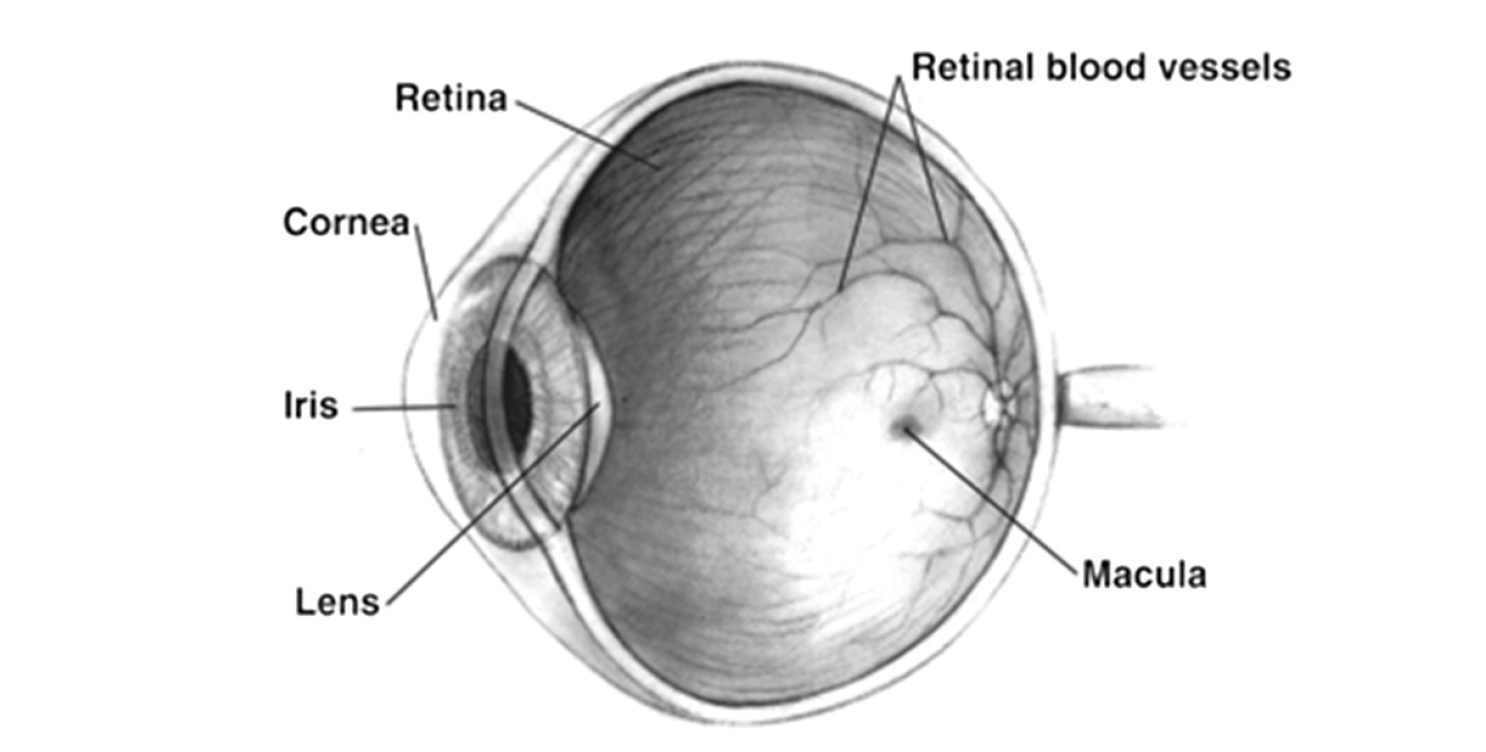LiDAR systems emit laser radiation, which can pose serious risks to human eyes if safety precautions are not followed. Eye damage can occur either by burning the retina or by burning the surface of the eye. Due to the eye’s natural magnification when focusing light on the retina, the retina is more susceptible to damage than the outer layers of the eye. Lasers with wavelengths longer than 1.5 μm are generally safer, as water in the eye absorbs these wavelengths, preventing them from reaching and focusing on the retina.

LiDAR systems operating at 1.5 μm or higher are more commonly used due to better eye safety. For shorter wavelengths (below 0.4 μm), the risk increases as less light is absorbed by water and the retina receives a higher intensity. The Maximum Permissible Exposure (MPE) defines safe exposure levels, measured in energy per area (J/cm²), to ensure safety during operation. Flash-illuminated LiDAR poses more risks as it illuminates the eye for longer periods, while scanning LiDAR poses lower risks by briefly exposing the eye.

Operating at longer wavelengths reduces the allowed laser flux by several orders of magnitude, making them safer. The eye absorbs the light before it hits the retina, preventing severe damage. For LiDAR applications, adherence to the MPE standards is essential to avoid eye injuries, especially in cases of prolonged exposure during laser use.



